Do you have a question about the Key Automation CT20324 and is the answer not in the manual?
Details the control unit's features, display, and all numbered connection points.
Lists available models and their core technical characteristics, including power supply and output currents.
Guides through the wiring process for motors, power supply, and dip switch settings.
Explains how to disable safety inputs like EDGE, PH1, and PH2 using dip switches.
Details display messages, error codes, and status indicators during normal operation.
Lists and explains error messages that appear on the unit's display after an anomaly.
Describes events signaled by the flashing light and KEY LED, indicating system status or errors.
Details additional information displayed by repeatedly pressing the UP button.
Introduces the procedure for automatically learning the gate's travel parameters.
Step-by-step guide for the automatic learning of travel stroke and key operating parameters.
Details the process for auto-learning travel stroke with personalized deceleration settings.
Guides on accessing the RADIO menu for managing remote controls, including saving and deletion.
Instructions for saving functions to radio remote control buttons via the RADIO menu.
Procedure to remove a specific button's memorized function from the receiver.
Steps to erase all radio remote control configurations from the receiver.
Method to duplicate functions from an existing remote to a new one.
Guide to restoring all parameters to default values or changing the equipment type.
Details the description, default, min, max, and unit for fundamental system configuration parameters.
Lists and explains advanced configuration parameters for automation behavior and safety features.
Outlines essential tests for all system components to ensure compliance and functionality.
Describes the steps for commissioning the system after successful testing, including documentation and user information.
Details the control unit's features, display, and all numbered connection points.
Lists available models and their core technical characteristics, including power supply and output currents.
Guides through the wiring process for motors, power supply, and dip switch settings.
Explains how to disable safety inputs like EDGE, PH1, and PH2 using dip switches.
Details display messages, error codes, and status indicators during normal operation.
Lists and explains error messages that appear on the unit's display after an anomaly.
Describes events signaled by the flashing light and KEY LED, indicating system status or errors.
Details additional information displayed by repeatedly pressing the UP button.
Introduces the procedure for automatically learning the gate's travel parameters.
Step-by-step guide for the automatic learning of travel stroke and key operating parameters.
Details the process for auto-learning travel stroke with personalized deceleration settings.
Guides on accessing the RADIO menu for managing remote controls, including saving and deletion.
Instructions for saving functions to radio remote control buttons via the RADIO menu.
Procedure to remove a specific button's memorized function from the receiver.
Steps to erase all radio remote control configurations from the receiver.
Method to duplicate functions from an existing remote to a new one.
Guide to restoring all parameters to default values or changing the equipment type.
Details the description, default, min, max, and unit for fundamental system configuration parameters.
Lists and explains advanced configuration parameters for automation behavior and safety features.
Outlines essential tests for all system components to ensure compliance and functionality.
Describes the steps for commissioning the system after successful testing, including documentation and user information.
| Brand | Key Automation |
|---|---|
| Model | CT20324 |
| Category | Control Unit |
| Language | English |
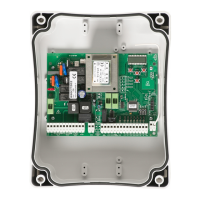
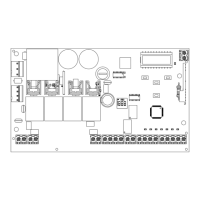
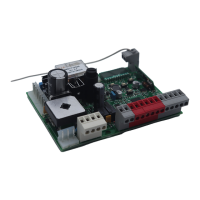
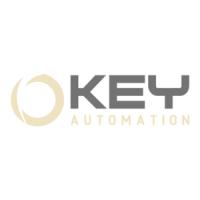
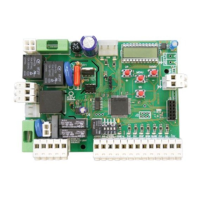
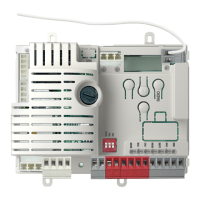
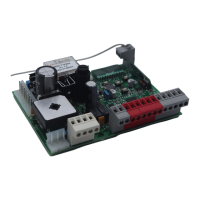
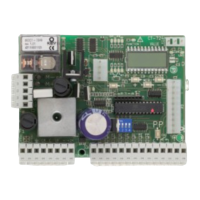
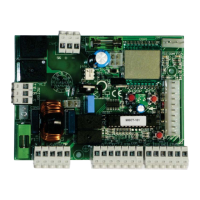
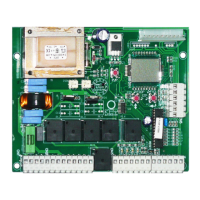

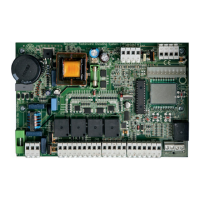
